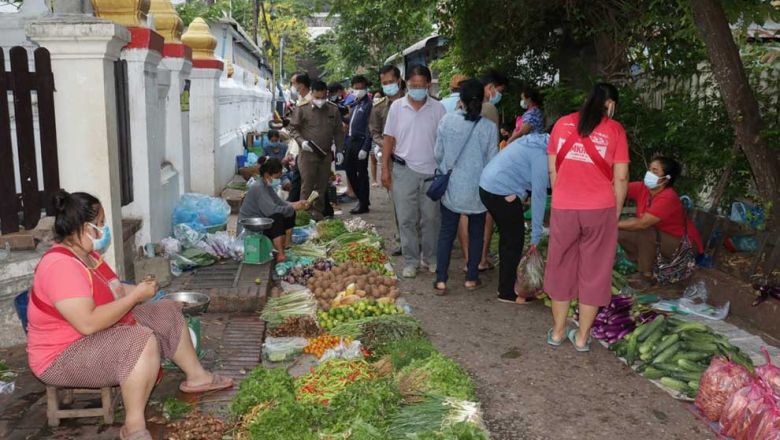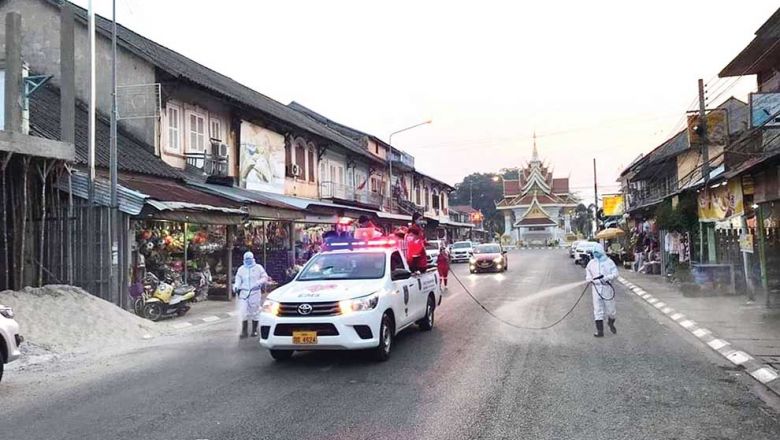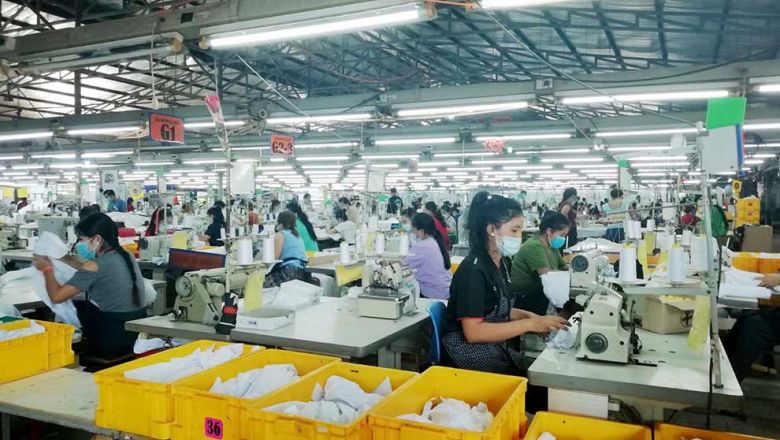Inflation rate hoisted in first quarter
Inflation rate hoisted in first quarter
The inflation rate in Laos for the first quarter of this year averaged at 1.89 percent, rising from a 1.09 percent average recorded during the same period last year.
According to the Bank of the Lao PDR, the inflation rate has been trending upwards since September, triggered mainly by food and transport costs.
The Consumer Price Index in January this year stood at 101.95 with the inflation rate at 2.27 percent. The figure decreased to 1.67 percent in February before rising to 1.75 percent in March.
A senior economist at the National Economic Research Institute Dr Leeber Leebouapao told Vientiane Times recently that the food and transport categories are the main drivers for inflation in Laos.
“One of the most important measures for the government is to manage the prices of products at market to ensure that consumers won’t be taken advantage of by traders,” he said.
Dr Leeber added that although the larger amount of money is circulated in the country’s economy, it’s not the main driver of inflation; in fact it was food. One of the most important things is to enhance productivities for commercial purposes to reduce food imported from other countries.
From 2012 to 2014, the inflation rate in Laos was recorded as high as 4.13 percent. Nevertheless, the figure declined to less than 2 percent in 2015 and 2016 which was far lower than the economic growth rate at 6.9 percent.
The government has issued a number of policies and measures to ensure that the inflation rate is less than the economic growth rate.
Last year, a Prime Minister Thongloun Sisoulith-led government put in place stronger measures to control product prices in markets so that livelihoods of locals would not be severely affected by rising product prices.
The government also tried to stabilise exchange rates to create more confidence for importers and exporters as well as maintain the continued growth of the economy.
Inflation is typically low in many countries due to global competition and falling international commodity prices, driving product prices down.
For instance, in China, its economy is on track to reach its growth target of around 6.5 percent this year with financial risks well under control.
Zhou Xiaochuan, governor of the People’s Bank of China was quoted in the China Daily last week as saying that the strong momentum has been maintained in the first quarter of 2017.
The gross domestic product in China grew by 6.9 percent year-on-year and inflation by 1.4 percent.
According to a recent International Monetary Fund report, headline inflation rates have recovered in advanced economies in recent months with the bottoming out of commodity prices but that core inflation rates have remained broadly unchanged and generally below inflation targets.
Inflation ticked up in China as capacity cuts and higher commodity prices have pushed producer price inflation to positive territory after more than four years of deflation.

















